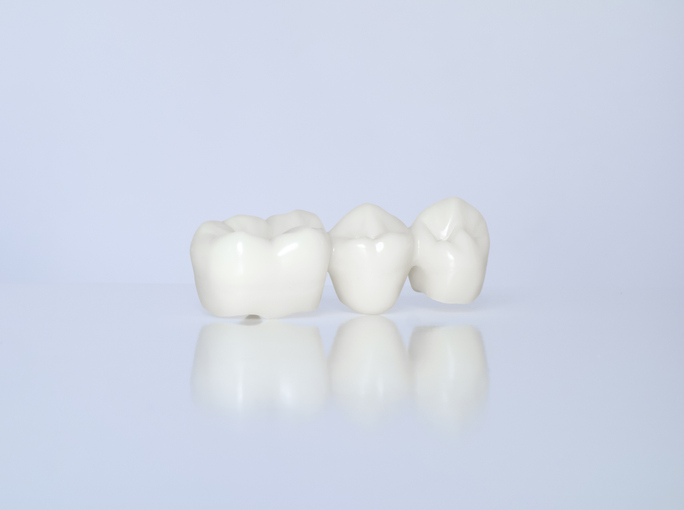
Assessing qualities of ceramic crowns

Investigators examined the survival and properties of thin and ultrathin ceramic crowns.
In a systematic review and meta-analysis published in the Journal of Prosthodontics, the investigators used the PubMed, Scopus, Cochrane and Google Scholar databases to identify 14 studies focused on the fatigue survival, mechanical behavior and optical properties of thin and ultrathin ceramic crowns.
Although both types of crowns were found to be durable under clinically simulated thermomechanical loading and could withstand occlusal stresses exceeding 1,100 Newtons, thin and ultrathin crowns were more likely to fracture compared with thick ceramic crowns. The investigators noted that differences in protocols resulted in conflicting findings regarding fatigue survival. Further, regarding the mechanical and optical properties of the crowns, the investigators revealed that conventionally cemented crowns were more likely to experience weakness compared with resin-cemented crowns, lithium disilicate and nano lithium disilicate crowns had greater optical property stability compared with zirconia-reinforced lithium silicate crowns and resin ceramic crowns had higher rates of microleakage compared with zirconia and composite crowns.
The findings suggested that thin and ultrathin ceramic crowns could offer a conservative alternative to other types of crowns.
Read more: Journal of Prosthodontics
The article presented here is intended to inform you about the broader media perspective on dentistry, regardless of its alignment with the ADA's stance. It is important to note that publication of an article does not imply the ADA's endorsement, agreement, or promotion of its content.